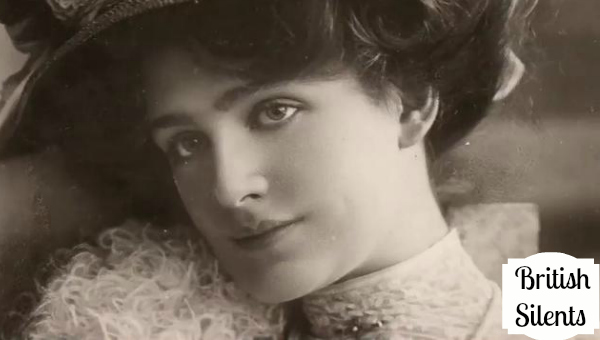 C’mon now, admit it, who thinks a long day spent at an academic symposium on early British film might be just a teeny bit dull and tedious? If you’re of that opinion, you’d have been in for a big surprise at King’s College London last week when the British Silent Film Festival (BSSF) held a day of scholarly catch-up.
C’mon now, admit it, who thinks a long day spent at an academic symposium on early British film might be just a teeny bit dull and tedious? If you’re of that opinion, you’d have been in for a big surprise at King’s College London last week when the British Silent Film Festival (BSSF) held a day of scholarly catch-up.
The programme consisted of a series of short, sharp 20 minute talks followed by a quick Q&A and move on, so a great deal of ground could be covered over the day. Our ears turned pink with tales of sex, murder, drug binges, espionage, prostitution and the white slave market. The early British film industry seems to have revelled in salacious behaviour fit to match any Hollywood gossip column.
So how did so much sleaze get shoehorned into a day talking about silent film? Chris O’Rourke showed the connections between film storylines and the ever-popular sensation novels of the time such as Bree Narran’s The Kinema Girl, which charted a sparky young girl’s energetic entry into film acting. She takes the ‘wrong road’ and ends up embroiled in a torrid affair with a married man before she discovers opium and her fall into the clutches of London’s underworld. Several other sensation novels about white slave gangs and drug-fuelled lifestyles provided melodramatic plot lines for British films in the 1920s.
…was this indignity a step too far even for a notorious murderer?
Mick Eaton looked at two early biopics of Victorian career criminal Charles Peace, and how the various ‘obligatory milestones’ of his life appeared on film, ranging from his burglaries and the murder of his lover’s husband to his trial and sentence, but curiously not depicting his execution – was this indignity a step too far even for a notorious murderer?
Alex Rock looked at the thorny relationship the Met Police had with the film industry and how one film, SCOTLAND YARD: FOR THE KING, THE LAW, THE PEOPLE (1921) caused such upset that the Met refused dealings with any film company for at least the following decade.
Amy Sargeant set the scene for the gigolo, a fruitful cinematic character, as was the rags-to-riches stories of lovely Betty Balfour. One of Amy’s favourite films, BRIGHT EYES, was a British-Austrian production and vehicle for long-forgotten Brit actor Jack Trevor, a massive star in Europe in the 1930s. Trevor was eventually tried for treason in Germany at the end of World War II. Life imitating film, it seems.
…it all feeds into understanding the past and engaging with the culture we enjoy now.
Turning from the dark side, Lucie Dutton shared her work on Maurice Elvey, who was initially a theatre producer of risky new drama (Ibsen, Strindberg and GBS). He abandoned a thriving theatrical career to try his hand at cinema, notably directing THE LIFE STORY OF DAVID LLOYD GEORGE, which was lost for 78 years after its completion just as World War I ended in November 1918.
Ken Reeves enthusiastically flew the flag for musical comedy theatre and cinema’s roots in that genre; after his entertaining talk about stage star Lily Elsie [pictured on the front page], he managed to get the entire audience singing along to You are my honey honeysuckle – an impressive feat of persuasion by any standards
So why all this delving into cinema’s distant past? The point is to make connections with our shared cultural histories, whether that’s in film, on stage, in music or on the page – it all feeds into understanding the past and engaging with the culture we enjoy now. It’s an endlessly fascinating journey as ‘lost’ films occasionally come to light, forcing re-evaluations of a national cinema that was until recently thought quite unworthy of attention. The landscape of the early British film industry constantly changes and, as demonstrated at KCL, such high quality research does much to develop our understanding and enjoyment of cinema history.
Read our print coverage of last year’s Silent Film Festival online here.


One thought on “Sex+drugs+nitrate film”
Comments are closed.